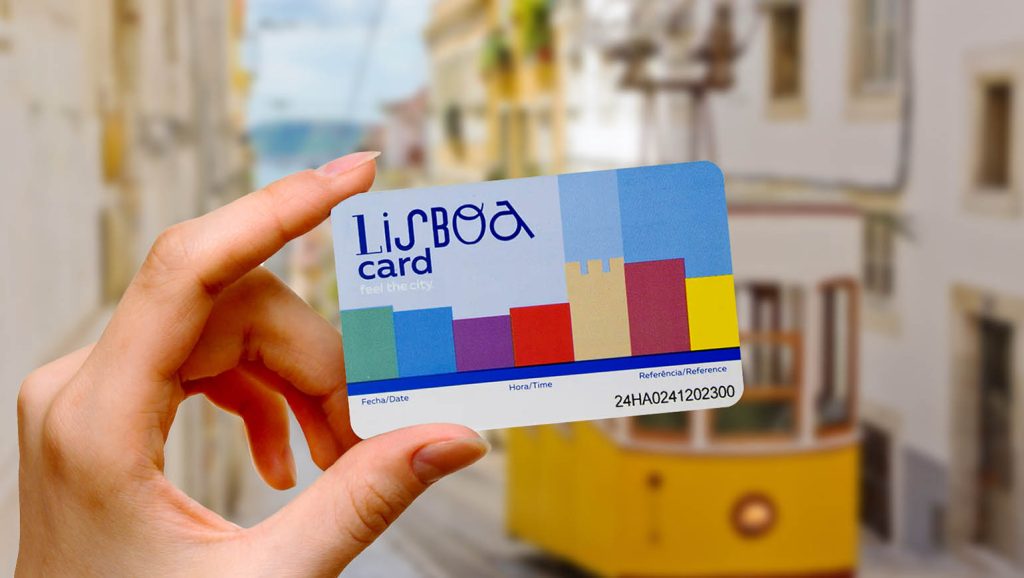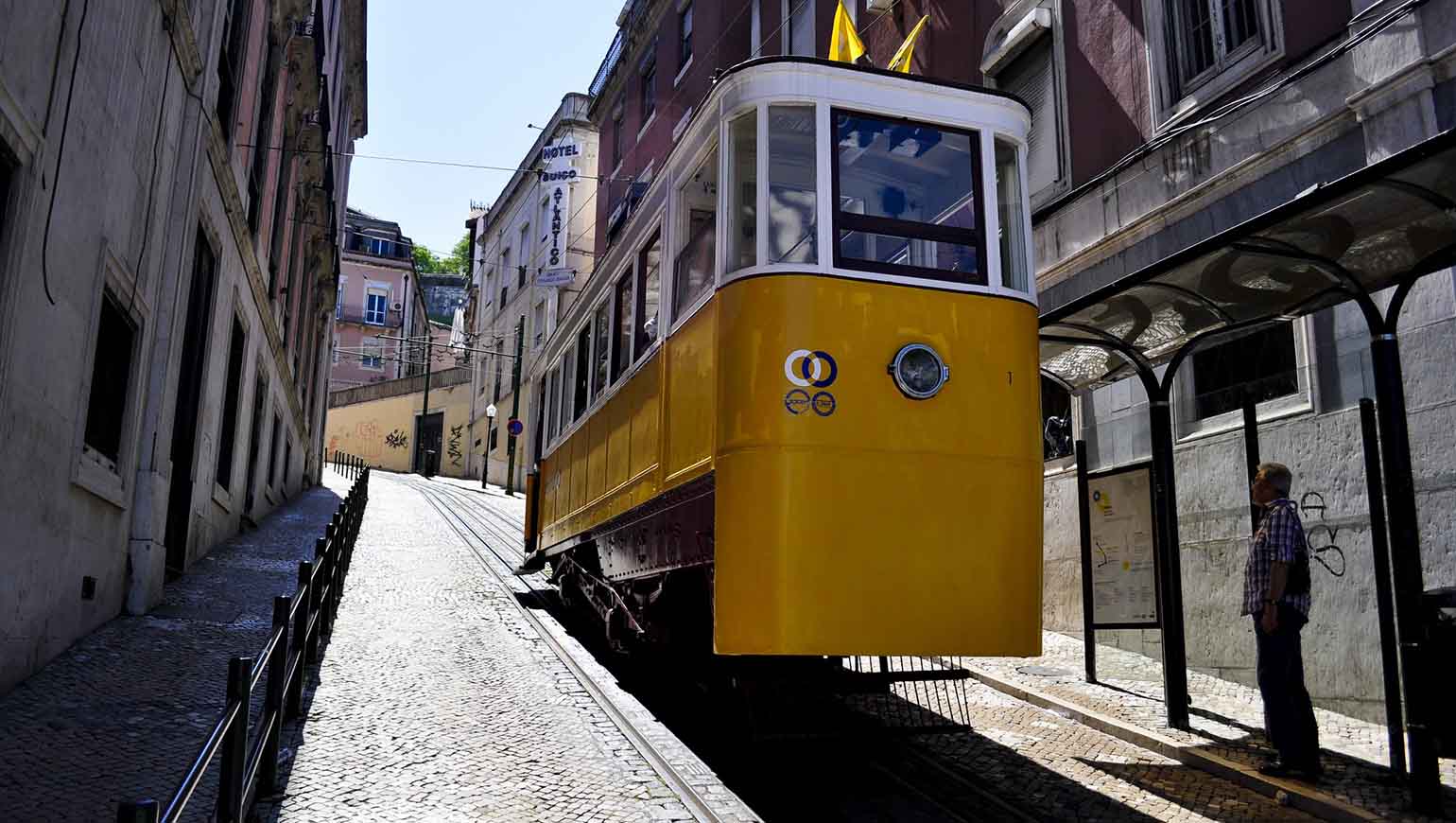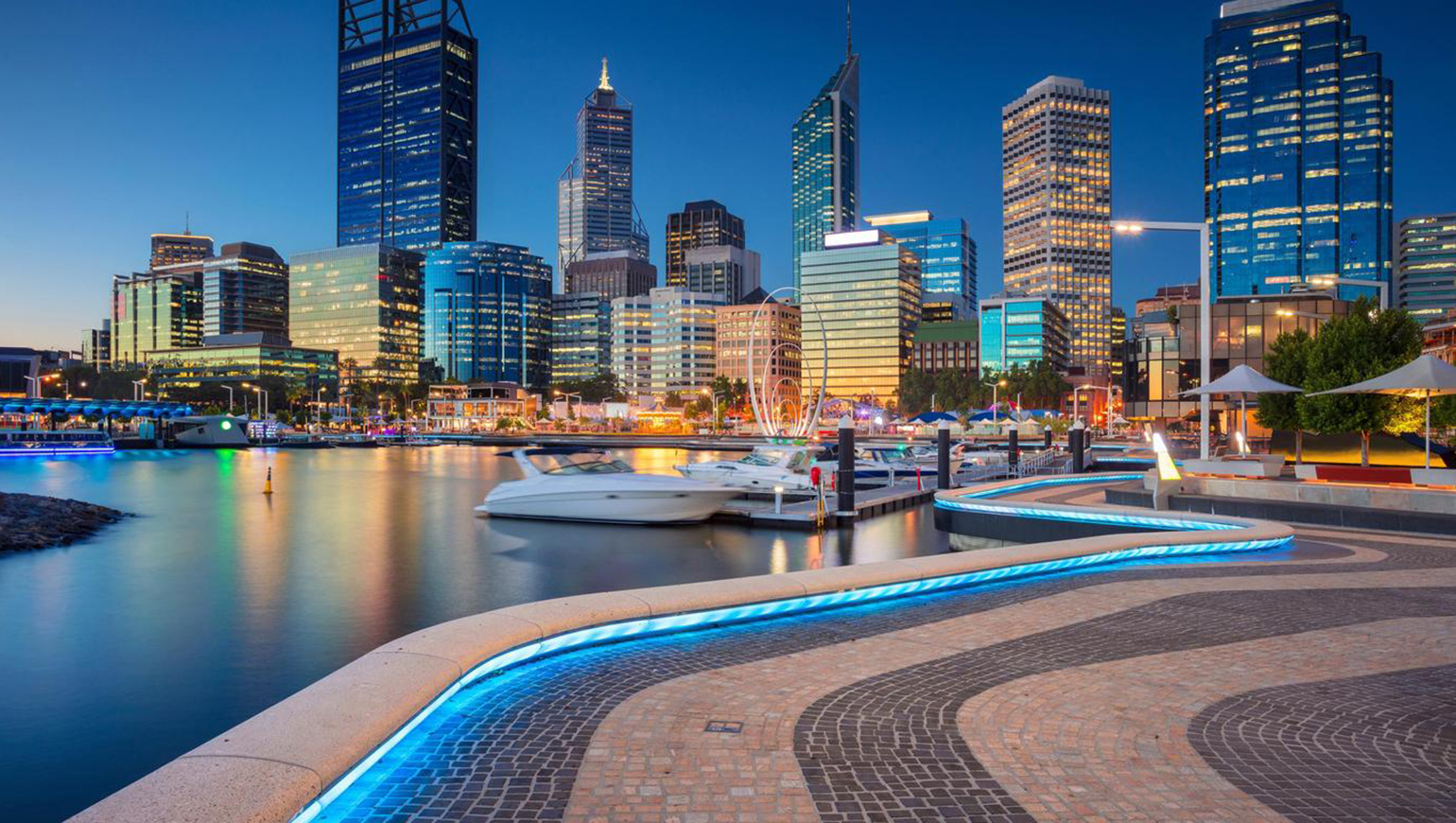Lisbon, the capital of Portugal, is a city rich in history, culture, and modern charm. Whether it’s the ancient neighborhoods, charming alleys, or picturesque riverbanks, visitors can discover many enchanting sights here. However, for many first-time visitors, navigating this city efficiently and conveniently can be a point of concern. Luckily, Lisbon’s public transport system is well-developed and efficient, making the metro, buses, and trams the best ways to explore the city.
I will provide a detailed guide on how to explore Lisbon with ease: a practical guide to taking the metro, bus and tram, helping you understand how to use Lisbon’s public transport system to get around the city comfortably and enjoyably.
1. Overview of Lisbon’s Public Transport
Lisbon’s public transport system consists of several components, mainly including the metro, buses, traditional trams, elevators, and funiculars. Each type of transportation has its unique charm and function, allowing visitors to choose the most suitable option depending on their destination and time.
- Metro (Metro): Lisbon’s metro is one of the most convenient transport options, covering several city areas, especially suitable for quick long-distance travel. The metro has four lines: Blue, Red, Green, and Yellow, connecting central Lisbon to major landmarks and transportation hubs.
- Buses (Autocarro): Lisbon’s bus network is extensive, covering areas that the metro doesn’t reach. The bus routes are well-scheduled and convenient, making them a common choice for tourists.
- Trams (Elétrico): The traditional trams in Lisbon, especially Tram 28, are iconic of the city. They pass through some of the most historically significant neighborhoods and are not only a means of transport but also a way to experience the city’s culture.
- Elevators and Funiculars (Elevador e Funicular): Lisbon is built on many steep hills, and to make it easier to ascend and descend, many areas are equipped with elevators and funiculars. These modes of transport are not only convenient but also offer great scenic views.
2. Taking the Metro: The Artery of Lisbon’s Transport
1. Lisbon Metro Lines and Stations
Lisbon’s metro system consists of four main lines:
- Blue Line (Linha Azul): From Amadora to Santa Apolónia, passing through major central stations such as Baixa and Rossio Square.
- Red Line (Linha Vermelha): Connecting Aeroporto (Airport) to Santa Apolónia, it is one of the most convenient lines, providing direct access to Lisbon’s airport.
- Green Line (Linha Verde): From Cais do Sodré to Alameda, passing through popular central areas like Marquês de Pombal and Sébastiao.
- Yellow Line (Linha Amarela): From Belém to Baixa, covering the historic Belém district, ideal for visiting landmarks like the Jerónimos Monastery and the Belém Tower.
Each metro station has clear signs and route maps. Visitors can easily select the appropriate line based on their destination and direction of travel.
2. Metro Fare and Ticketing

Metro fares vary depending on the distance traveled, generally ranging from 1.5 to 2.5 euros. There are several ways to purchase metro tickets:
- Single Ticket (Bilhete Simples): Available from automatic ticket machines at metro stations, suitable for one-time journeys.
- 24-Hour Card (Lisboa Card): Ideal for visitors planning to take multiple public transport trips. Holders can use this card for unlimited travel on the metro, buses, and trams for 24 hours.
- Multi-Ride Card (Andante): Suitable for tourists staying in Lisbon for a longer period. This card allows for multiple trips on the metro, buses, and trams and offers greater flexibility.
3. Taking the Bus: Explore Every Corner of Lisbon
1. Bus Routes and Stations
Lisbon’s bus network covers all corners of the city, with many bus routes connecting with metro lines for easy transfers between areas. Some common bus routes include:
- From Rossio Square to Belém: This bus route is particularly popular with tourists as it passes by a number of Lisbon’s most iconic landmarks, including the Belém Tower (Torre de Belém), Jerónimos Monastery (Mosteiro dos Jerónimos), and the Monument to the Discoveries (Padrão dos Descobrimentos). The route offers a scenic view of the Tagus River, which adds to the appeal.
- From Alfama District to Praça de Espanha: Alfama is one of Lisbon’s oldest and most charming neighborhoods, filled with narrow alleys and traditional Fado music. This bus route gives passengers a chance to pass through Lisbon’s more traditional areas, giving a deeper glimpse into the culture of the city. As the bus moves through the streets, it offers a sense of Lisbon’s rich history and cultural vibrancy, especially as it passes through the picturesque São Vicente de Fora Church and Graça neighborhoods.
2. Bus Fares and Ticketing
Lisbon’s bus system is not only extensive but also affordable, with ticket prices generally ranging from 1.5 to 2 euros for a single ride. For those planning to stay in Lisbon for a longer period, there are more cost-effective options:
- Single Tickets (Bilhete Simples): These tickets are valid for one trip on the bus. You can purchase them directly from the bus driver, though be aware that drivers only accept cash and don’t provide change.
- 24-Hour Card (Lisboa Card): This is an excellent option for tourists. The Lisboa Card offers unlimited travel across the metro, buses, and trams for 24 hours. It also comes with the added benefit of free entry to many museums and discounts on other attractions, making it a highly cost-effective solution for visitors.
- Multi-Ride Cards (Andante/ 7 Colinas): For tourists staying a few days in Lisbon, the Andante or 7 Colinas cards provide a flexible option. These rechargeable cards can be loaded with multiple journeys, offering discounts for frequent travelers and eliminating the need to buy single tickets.
Buses in Lisbon run regularly and often, making it an easy and convenient way to get around the city.
4. Taking the Tram: Experience the Nostalgic Charm of Lisbon
One of Lisbon’s most beloved modes of transportation is its traditional trams. These charming yellow trams have been an integral part of Lisbon’s transport system for over a century and offer a truly nostalgic experience. Especially Tram 28, it is one of the most popular routes for tourists, taking passengers through the heart of Lisbon’s historic districts.
The trams themselves are a great way to experience Lisbon’s vibrant atmosphere, with their vintage wooden interiors and the creaking sound as they navigate the steep hills. It’s like taking a trip back in time while moving through the modern city.
1. Tram 28 Route
Tram 28 is arguably the most iconic tram route in Lisbon. It winds its way through the city’s most famous neighborhoods, starting in Graça, a lively area known for its street art and sweeping views of the city, before passing through Alfama, Baixa, and Carmo. Along the way, passengers can enjoy the charm of narrow cobbled streets, old tiled buildings, and iconic landmarks like Lisbon Cathedral (Sé de Lisboa), St. George’s Castle (Castelo de São Jorge), and Carmo Convent. The route also passes through Praça do Comércio, one of Lisbon’s most beautiful squares, right by the Tagus River.
For tourists, taking Tram 28 is not just a convenient way to travel; it’s also an opportunity to experience the beauty of the city from a unique perspective. The tram’s route offers some of the best views of Lisbon’s historic districts, providing an intimate and scenic ride that larger buses and taxis can’t offer.
2. Tram Fares and Ticketing
The tram fares are generally around 3 euros for a single journey. Tickets can be purchased directly on the tram, though keep in mind that you must have the exact amount, as the drivers do not provide change. Another option is to buy a Lisboa Card, which allows for unlimited use of the tram, metro, and buses within Lisbon for a set period of time, offering significant savings for tourists who plan to use public transport frequently.

Additionally, the Andante or 7 Colinas card can also be used on the tram, which is a great option for those staying longer in Lisbon and using the transport system multiple times during their stay.
Riding the tram is not only a practical way to move around but also an experience that offers a deeper connection to the city’s history and charm. Whether you’re on a tight schedule or leisurely exploring the neighborhoods, Tram 28 offers a wonderful blend of practicality and nostalgia.
5. Elevators and Funiculars: Navigate the Hills and Enjoy Scenic Views
1. Elevators
Lisbon’s streets are often built on steep hills, and many areas have elevators to help people ascend and descend easily. One of the most famous elevators is the Santa Justa Elevator (Elevador de Santa Justa), which connects the lower parts of the city to the upper castle district. Visitors can ride this elevator and enjoy a panoramic view of Lisbon.
2. Funiculars
In addition to elevators, Lisbon has several funicular lines that provide access to different high areas of the city. One of the most famous funicular routes is the Bica Funicular (Funicular da Bica), which connects the lower and upper parts of the city, offering visitors a chance to enjoy Lisbon’s typical sloped street scenery.
6. Tips for Traveling Around Lisbon
Lisbon’s public transport system is very convenient. By choosing the right mode of transport, visitors can easily explore the city. Whether taking the metro, bus, or tram, each transport method offers its own unique charm. By purchasing a 24-hour card, Lisboa Card, or other multi-ride options, tourists can plan their trips more flexibly and save time and effort.




